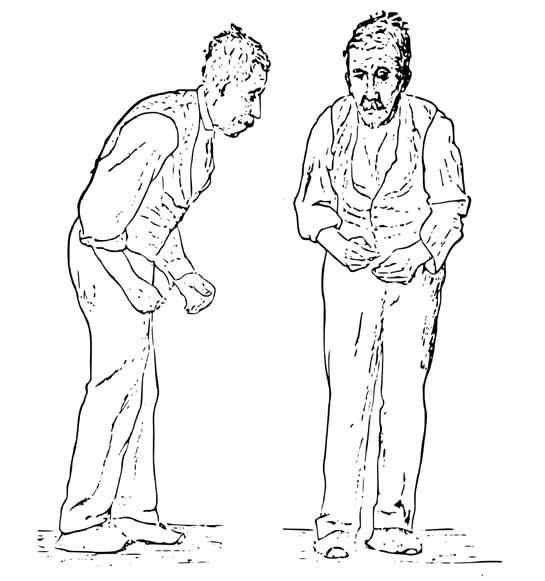
Essential tremor is a nervous system (neurological) disorder that causes involuntary and rhythmic shaking. It can affect almost any part of your body, but the trembling occurs most often in your hands — especially when you do simple tasks, such as drinking from a glass or tying shoelaces.
Essential tremor is usually not a dangerous condition, but it typically worsens over time and can be severe in some people. Other conditions don’t cause essential tremor, although essential tremor is sometimes confused with Parkinson’s disease.
Essential tremor can occur at any age but is most common in people ages 40 and older.
Sympthoms
Essential tremor signs and symptoms:
- Begin gradually, usually more prominently on one side of the body
- Worsen with movement
- Usually occur in the hands first, affecting one hand or both hands
- Can include a “yes-yes” or “no-no” motion of the head
- May be aggravated by emotional stress, fatigue, caffeine or temperature extremes
Essential Tremors VS Parkinson's Disease
Many people associate tremors with Parkinson’s disease, but the two conditions differ in key ways:
- Timing of tremors. Essential tremor of the hands usually occurs when you use your hands. Tremors from Parkinson’s disease are most prominent when your hands are at your sides or resting in your lap.
- Associated conditions. Essential tremor doesn’t cause other health problems, but Parkinson’s disease is associated with stooped posture, slow movement and dragging the feet when walking. However, people with essential tremor sometimes develop other neurological signs and symptoms, such as an unsteady walk.
- Parts of the body affected. Essential tremor mainly involves your hands, head and voice. Parkinson’s disease tremors usually start in your hands, and can affect your legs, chin and other parts of your body.


Causes
About half of essential tremor cases appear to result from altered DNA. This form is referred to as familial tremor. It isn’t clear what causes essential tremor in people who don’t have familial tremor.
Risk Factors
Known risk factors for essential tremor include:
Altered gene. The inherited variety of essential tremor (familial tremor) is an autosomal dominant disorder. An altered gene from just one parent is needed to pass on the condition.
If you have a parent with an altered gene for essential tremor, you have a 50% chance of developing the disorder yourself.
- Age. Essential tremor is more common in people ages 40 and older.
Complications
Essential tremor isn’t life-threatening, but symptoms often worsen over time. If the tremors become severe, you might find it difficult to:
- Hold a cup or glass without spilling
- Eat without shaking
- Put on makeup or shave
- Talk, if your voice box or tongue is affected
- Write legibly
Diagnosis
Diagnosing essential tremor involves reviewing your medical history, family history and symptoms and conducting a physical examination.
There are no medical tests to diagnose essential tremor. Diagnosing it is often a matter of ruling out other conditions that could be causing your symptoms.

